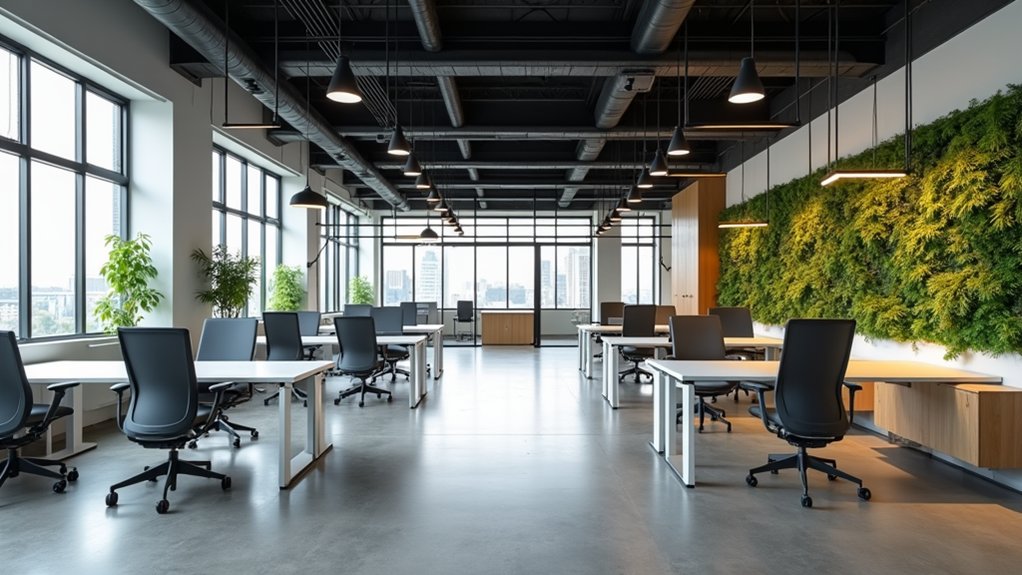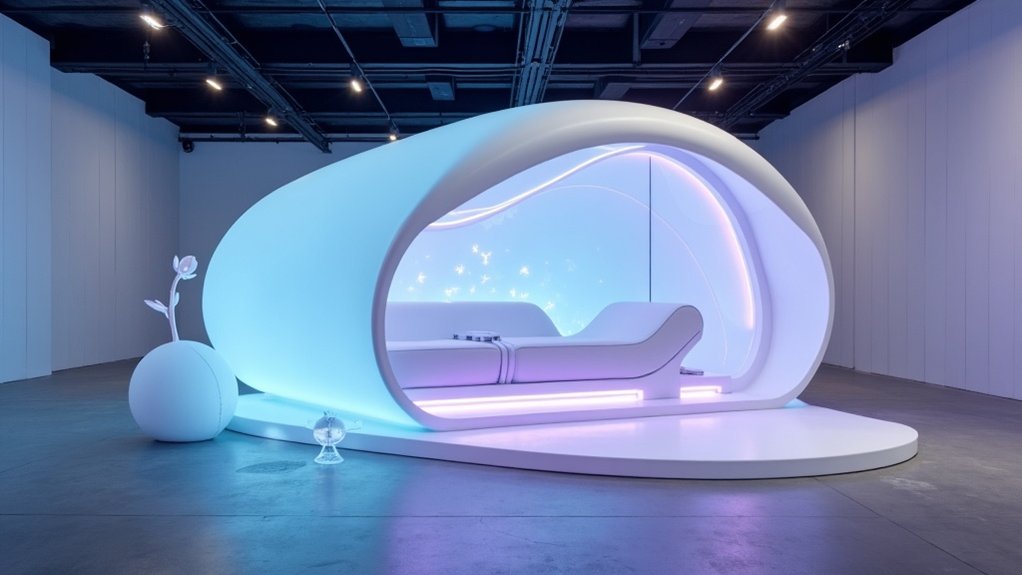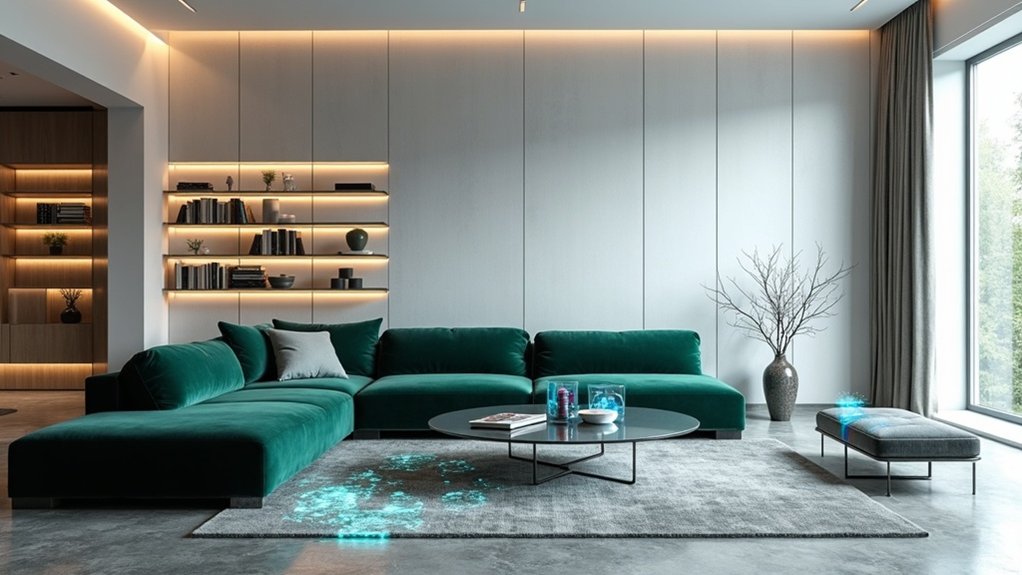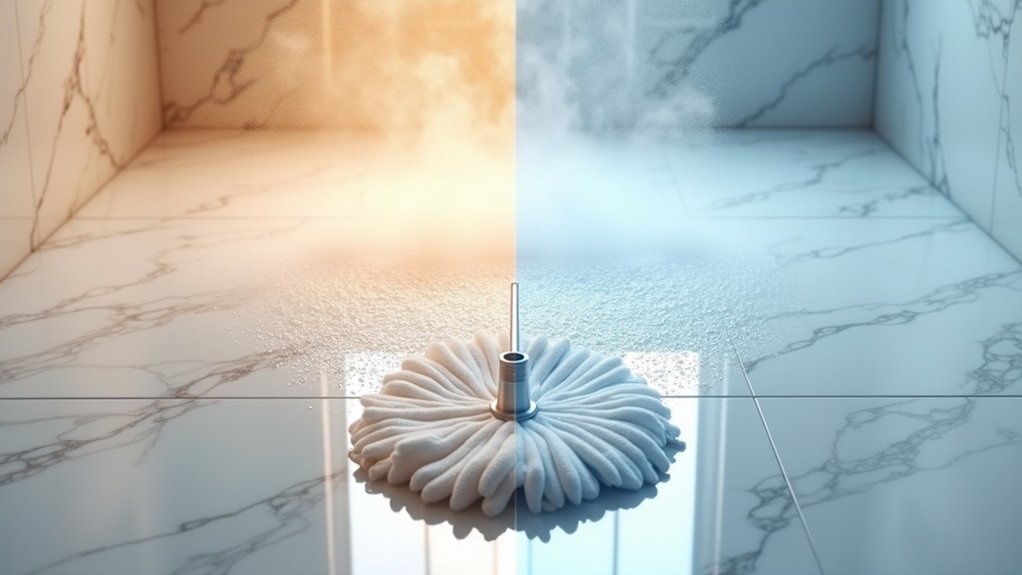The reimagined kitchen at June’s Pizza in Oakland transforms traditional restaurant design by merging industrial efficiency with theatrical transparency. This innovative approach positions the kitchen as both a high-functioning factory line and an engaging performance stage, where every step of pizza creation becomes visible entertainment for diners.
The architectural layout prioritizes visibility through tall windows, skylights, and an open floor plan that eliminates barriers between staff and customers. A light-colored wood countertop stretches across the restaurant’s length, serving dual purposes as workspace and customer interface. This design choice reflects a broader philosophy that treats pizza-making as both craft and spectacle, showcasing the importance of multi-functional design in modern interiors.
Transparency transforms pizza-making into performance art where craft meets spectacle through deliberate architectural choices.
The concrete walls and minimalist decor create an uncluttered environment that directs attention to the culinary process unfolding before diners’ eyes. Workflow efficiency drives the spatial organization, with stations arranged sequentially for dough fermentation, rolling, topping, and baking. This assembly-line configuration minimizes cross-traffic and reduces bottlenecks during high-volume service periods.
Each pizzaiolo operates within clearly defined zones, their movements choreographed with deliberate precision. The segmentation allows team members to develop specialized skills while maintaining seamless coordination across stations. The customer experience benefits significantly from this transparent approach. Diners witness their pizzas’ journey from raw dough to finished product, building anticipation and trust through visibility.
This live theater effect, combined with the no-reservation policy, creates an atmosphere of urgency and thrill. The kitchen’s efficiency became evident during June’s reopening, when pizzas sold out within ninety minutes. Staff members, dressed in distinctive uniforms that reinforce team identity, execute their roles with professional precision.
The factory-line model facilitates rapid adaptation to menu changes and supports scaling during peak hours. This flexibility proves vital for accommodating evolving culinary techniques and ingredient variations. Craig Murli’s unconventional vision extends beyond kitchen mechanics to embrace a shipping container origin story that shaped the restaurant’s minimalist ethos. June’s pioneering approach sets new standards in Oakland’s competitive pizza scene.
The sleek design contrasts sharply with the neighborhood’s industrial backdrop, establishing the restaurant as a visual landmark. A vibrant yellow-tiled oven serves as the space’s focal point, adding a burst of color to the otherwise neutral industrial palette. By successfully blending manufacturing principles with hospitality warmth, June’s demonstrates how innovative kitchen design can improve both operational efficiency and customer engagement in modern dining experiences.








